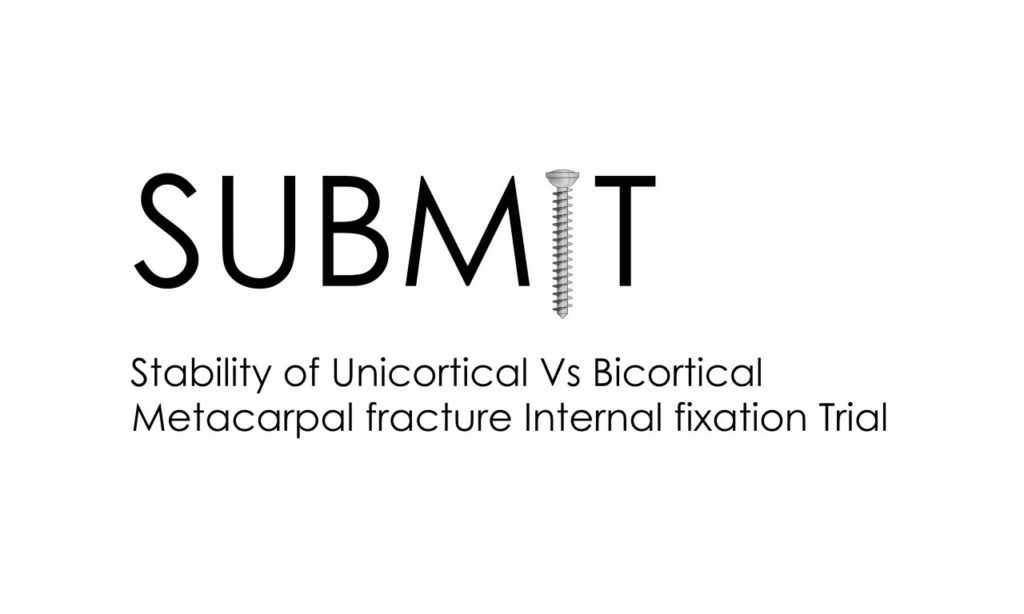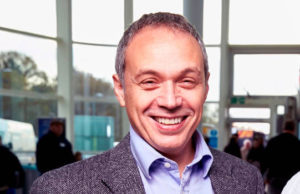
Trial looking at hand fractures hits major milestone – Submit trial


A trial looking to find the best way to treat hand fractures has just surpassed the 100 patient mark. The Submit trial, which began in June 2015, is funded by the Royal Centre of Defence Medicine and run by the Hand and Peripheral Nerve Team (HAPN), part of the NIHR Surgical Reconstruction and Microbiology Research Centre.
The Submit trial aims to recruit 315 patients to test two surgical techniques and see which results in fewer risks of complications as well as spending less time in the operating theatre.
The trial is being aided by the NIHR Surgical Reconstruction and Microbiology Research Centre’s 24/7 research nursing team based at the Queen Elizabeth Hospital (QEH) in Birmingham as well as another team in East Grinstead. As hand fractures tend to come through the accident and emergency department the team at the SRMRC are perfectly placed to recruit no matter the time of day as the QEH is a Major Trauma Centre.
Lieutenant Colonel Mark Foster, Chief Investigator and senior figure in the SRMRC, said: “The Submit trial is a prime example of how the military and the SRMRC work together. Without the expertise here at the centre and in the Queen Elizabeth Hospital and the work of the surgeons we wouldn’t be where we are today so thank you to everyone involved, you’re doing great work.
“Submit is a trial that can change the way hand fractures, specifically metacarpal fractures, are treated in the future, not just here in Birmingham but perhaps across the country. As researchers, we constantly strive to improve the treatment our patients receive and something like this has huge potential to do that.”
How the Submit trial works:
Once a patient has agreed to take part in the trial, special computer software is used to decide which surgical method they will be subject to. Only the surgical team performing the operation know which method is being used and the patient will not be told to ensure a fair study.
During the operation, the broken metacarpal bone will be fixed with a metal plate and screws. Traditionally, the screws go through both sides of the bone. A newer technique involves placing the screws through one side of the bone but not through the other side. It is currently not known which of these two techniques is best for patients
Through the follow-up appointments, the recovery will be assessed and the results logged. When the recruitment target is met and all patients have completed their follow-up appointments there should be an indication which method is best.





